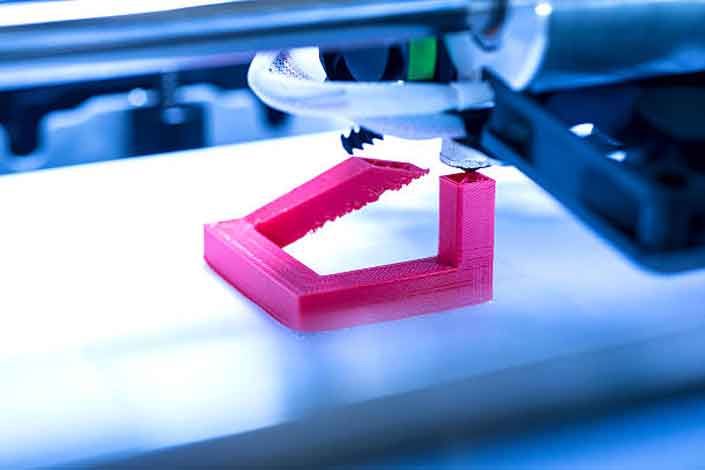
Choosing the Right 3D Modeling Software: Tips and Considerations
Introduction
In the realm of digital creation, 3D modeling software has become an indispensable tool for designers, engineers, and artists alike. With its ability to transform ideas into tangible digital models, 3D modeling software empowers users to visualize, simulate, and create objects in a virtual environment. However, with a plethora of options available, selecting the right 3D modeling software can be a daunting task. This article delves into the key factors to consider and provides tips to guide you in making an informed decision.
Factors to Consider
1. Industry and Application:
Identify the specific industry and applications for which you intend to use the software. Different industries have varying requirements, such as:
- Architecture: Focus on parametric modeling, BIM integration, and architectural visualization.
- Engineering: Prioritize accurate part design, simulation capabilities, and compatibility with CAD systems.
- Entertainment: Look for software geared towards character modeling, animation, and visual effects.
- Manufacturing: Seek solutions that provide tools for digital prototyping, CAM export, and reverse engineering.
2. Skill Level and Experience:
Determine your current skill level and experience with 3D modeling. Consider software with a user-friendly interface for beginners or advanced features for experienced users.
- Beginner-Friendly: Look for intuitive interfaces, tutorials, and online resources to facilitate learning.
- Intermediate to Advanced: Seek software with customizable workflows, advanced modeling tools, and support for scripting.
3. Budget:
Establish a budget for the software and consider both upfront costs and subscription fees. Some software provides free or low-cost options for students or hobbyists, while others may be more expensive for professional use.
- Free and Open Source: Explore Blender, FreeCAD, and OpenSCAD for budget-friendly options.
- Paid Software: Consider subscription-based models or perpetual licenses, depending on your usage and requirements.
4. Features and Capabilities:
Analyze the features and capabilities of the software to ensure it aligns with your needs. Key features to consider include:
- Modeling Tools: Support for polygon, NURBS, and subdivision modeling techniques.
- Texturing and Material Editing: Capabilities for adding textures, materials, and realistic effects.
- Rigging and Animation: Options for creating and animating 3D models for games and animations.
- Rendering and Visualization: Support for different rendering engines and visualization tools.
5. Compatibility and Interoperability:
Assess the software’s compatibility with other tools and file formats. Consider:
- File Formats: Support for industry-standard file formats such as OBJ, STL, and FBX.
- Plugins and Integrations: Availability of plugins and integrations with external software like CAD systems or Photoshop.
- Export Options: Ability to export models to different formats for 3D printing, rendering, or CAD integration.
6. User Interface and Workflow:
Pay attention to the software’s user interface and workflow to ensure it aligns with your preferred work style. Consider:
- Customization: Options for adapting the interface and creating custom toolsets.
- Keyboard Shortcuts: Availability of customizable keyboard shortcuts for efficient modeling.
- Collaboration Features: Support for real-time collaboration and cloud-based workflows.
Tips for Choosing
1. Research and Trial:
Thoroughly research different software options and read reviews from users in your industry. Download trial versions and experiment with each software to get a hands-on experience.
2. Attend Webinars and Workshops:
Participate in industry webinars and workshops to learn about the latest software trends and get insights from experts.
3. Consider Future Growth:
Choose software that allows for scalability and growth as your skills and requirements evolve. Consider the potential for adding plugins or integrating with other software.
4. Seek Recommendations:
Consult with experienced professionals in your field for recommendations based on their experiences. Join online forums and connect with other users.
FAQ
Q: What is the best 3D modeling software for beginners?
A: Beginner-friendly software include Blender, SketchUp, and Tinkercad, which offer intuitive interfaces and learning resources.
Q: What is the industry-standard 3D modeling software?
A: Industry leaders include SolidWorks for engineering, Maya for entertainment, and Revit for architecture.
Q: Can I use 3D modeling software for 3D printing?
A: Yes, most 3D modeling software allow you to export models in STL format, suitable for 3D printing.
Q: Is it possible to switch between different 3D modeling software?
A: Yes, it is possible to learn multiple software packages and switch between them as needed. However, it requires time and effort to adapt to different workflows and interfaces.
References


